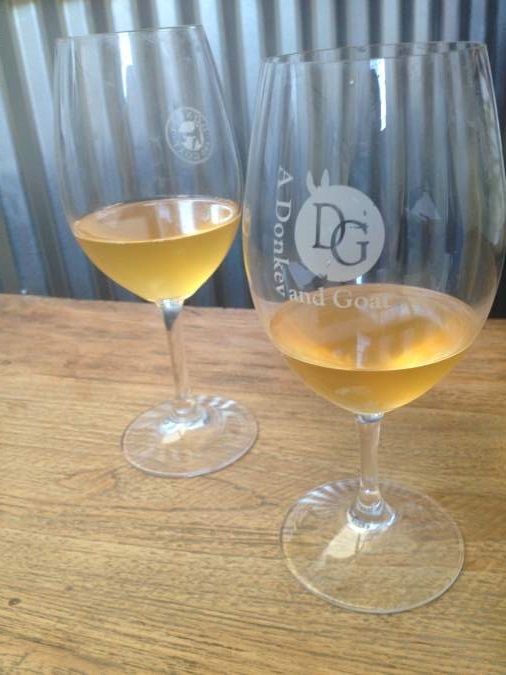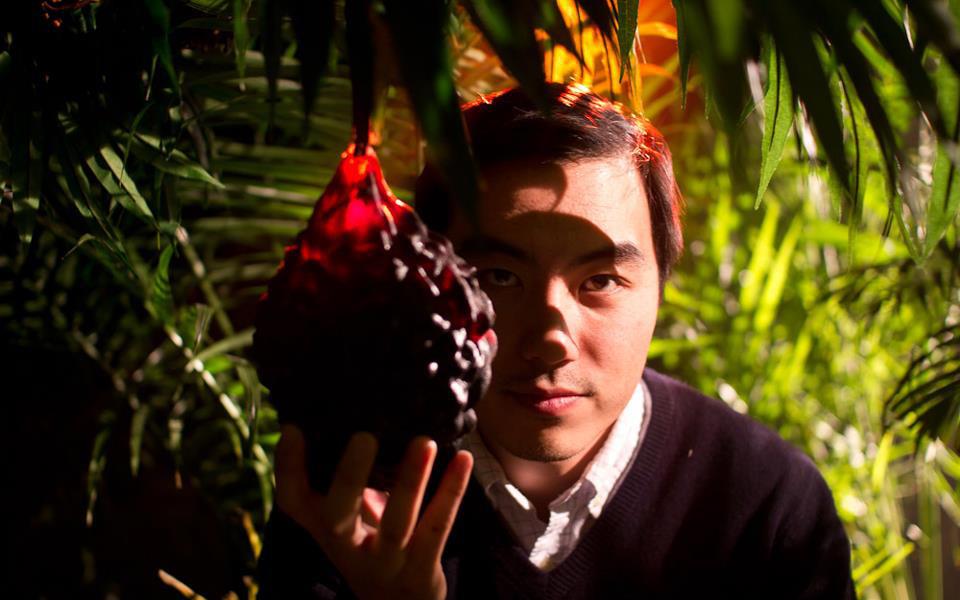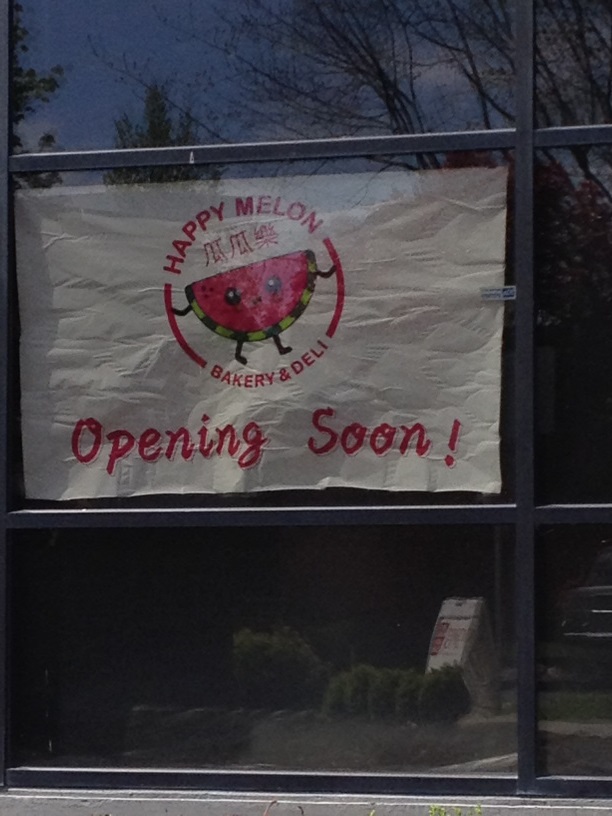Wine obsessives will tell you that the orange wine craze has come and gone, but a pair of skin-contact whites offered by Donkey and Goat Winery in Berkeley, Calif. suggest the practice shouldn’t be consigned to the scrapbook just yet.
Orange wine burst on the U.S. wine scene in 2009, thousands of years after Georgians began filling underground clay vessels with unpeeled white wine grapes. The tradition has adherents in Slovenia and Europe, too, but most European winemakers had long ago adopted modernized production techniques when American drinkers started swooning over “natural wines” which derived their complexity and weirdness from grape skins.
“To say these wines aren’t to every taste is an understatement,” the San Francisco Chronicle’s Jon Bonne wrote in an early story that functioned as a letter of introduction for the process he admiringly pronounced “reactionary.”
“Begin with the look – hues that charitably draw comparisons to fall foliage and less charitably to week-old apple juice,” Bonne continued. “Flavors are less fresh fruit than dried, verging from orange to reddish – nectarines, apricots, quince – plus deep honey and nutty accents.”
Orange is a slight misnomer, since many so-called wines are cloudy white or pinkish. The more descriptive term is skin-contact, which is the default setting for reds. Red wines made without skin contact are called roses; white wines made by allowing juice to mingle with skins and seeds are called orange wines.
And a number of influential critics have had enough of them. Earlier this year, Richard Betts of Forbes announced he’d rather have a Tecate, accusing orange wine’s biggest fans of confusing flaws with terroir and authenticity. In a follow-up blog post, Bonne agreed, apologizing for stoking the fervor which caused prices to skyrocket.
But the “don’t throw the baby out with the bathwater” cliche, which surely must be appreciated by orange wine’s skin-clinging crowd, applies here. After all, it’s the rare fad which doesn’t inspire shabby handiwork: Have you had a “craft cocktail” at a hotel bar lately? Tinkering with wine in ways which don’t involve chemicals is a habit worth saluting, especially when the results are so enormously food friendly.
As much as I love both food and wine, I’m definitely a food person first: At a wine tasting, I’m constantly conjuring up the dishes which would best pair with what I’m drinking. I rarely do the converse when I’m eating. But not every dish is an easy match, which is what makes orange wine so valuable. It occupies the space usually reserved for heavy whites or light reds, but boasts subtleties not always associated with those groups.
Donkey and Goat, a family-owned winery which got its start in a garage, is a standard bearer for the natural wine movement. Its wines are produced without cultured yeast, plastic, new oak or sulphur: Their flavor derives partly from the wild yeasts which flit in from a nearby brewery. Of course, Donkey and Goat’s constantly experimenting with adding barrels of skin-on white wine to its more conventional white wine. Among its most compelling successes are the hardy Sluice Box – a blend of Marsanne, Grenache Blanc, skin-fermented Grenache Blanc, skin-fermented Vermentino and Picpoul – and the extravagantly beautiful Stone Crusher, which smells like cinnamon rolls and Crackerjack and drinks like a sped-up red.
“You can drink these with artichokes or asparagus,” the tasting room host assured us, citing two crops which matter in northern California.
In Seattle, sadly, you can’t drink them with anything. Donkey and Goat is distributed far beyond the Bay Area, but the winery hasn’t had any luck with Oregon and Washington, where regional loyalty is so strong that many California wines are shut out. That’s a shame – and a fine reason to pay the urban winery a visit when you’re next stuck in San Francisco without time to wander into wine country.








